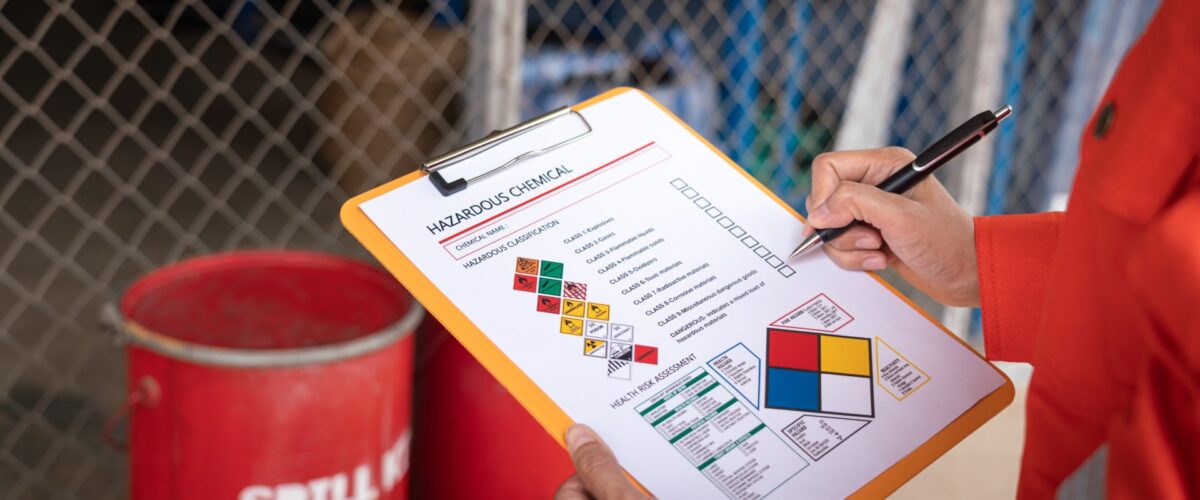- State/Local Emergency Response Agencies
- California Governor’s Office of Emergency Services (Cal OES)
- California EPA (CalEPA)
- Regional Water Quality Control Boards
- Air Quality Management Districts
- Local Certified Unified Program Agencies (CUPAs)
In California, accidental releases of hazardous materials, hazardous waste, or other regulated substances obligate facilities to comply with strict reporting requirements. State and local agencies must be notified within hours or days depending on the severity of the spill. Detailed follow-up reports are also required. Navigating the reporting requirements during the stress of an actual spill event can be challenging. CDMS has extensive experience assisting clients with spill reporting and compliance. In the event your facility has an accidental release, CDMS can make the required phone notifications to California Governor’s Office of Emergency Services (Cal OES), the National Response Center, local agencies, and others on your behalf. We can also prepare the necessary written reports to regulators and support any follow-up actions. Let CDMS handle spill reporting accurately and on time, while you focus on response and controlling any damage from the release. Our team knows these requirements inside and out. Any facility handling hazardous materials, generating hazardous waste, or with the potential for accidental releases would need to be prepared for spill reporting CDMS will prepare all reports required by the regulatory agencies in the event of an accidental release of hazardous material or hazardous waste. When does a spill or release need to be reported in California? What state agencies need to be notified about a spill? Does a release need to be reported if it is contained on-site? What information must be included in the initial spill report? Is there a standard state form that must be used? How soon after a release does it need to be reported? What are the penalties for failing to report a spill? When is a detailed written follow-up report required? Does the Certified Unified Program Agency (CUPA) need notification too? Is the National Response Center (NRC) notified for all spills? Can notifications and reporting be delegated to a third-party? What materials are covered by the spill reporting requirements? Who approves the cleanup after a spill? Is an inspection required after the spill response? How long must spill records be retained? Can civil or criminal liability result from a spill or release? Can a company get cited even if they self-report a spill? Do additional permits need to be filled after a reportable spill occurs? If I release something other than chemicals, does it need reporting? Spill Release Reporting
Regulatory bodies
Who needs it
Regulation reference
What our service provides:

Request a Free EHS Compliance Assessment
If hazardous materials or wastes exceed reportable quantities, a release must be reported immediately.
Notify the California Governor’s Office of Emergency Services (CalOES), local Certified Unified Program Agency (CUPA), and other relevant agencies such as the Air Quality Management Districts (AQMD) or Waterboard .
Yes, even if fully contained on company property, reporting criteria still apply if MQs are exceeded.
Date/time, company info, location, material, estimated quantity, potential threats, response actions taken.
Yes, Form 190 – Hazardous Materials Spill/Release Report. Some local agencies have similar forms.
Immediately after containment has begun. Generally within 2 hours up to 24 hours depending on quantity.
Fines up to $25,000 per day and potential civil liabilities for damages.
A written report is typically required within 10 working days of the initial notification.
Yes, the Certified Unified Program Agency (CUPA) with jurisdiction must receive notification.
No, Response Center (NRC) is only notified for spills of federally regulated substances like Resource Conservation and Recovery Act (RCRA) hazardous wastes.
Yes, spill reporting can be delegated to an agency like a qualified environmental consulting firm. Please Contact Us to get support or request a Spill Release Report. Our skilled team of EH&S specialists is ready to assist you.
Broadly includes hazardous materials, hazardous wastes, oil, gasoline, sewage, chemicals, minerals, etc.
Cleanup plan must be approved by the local Certified Unified Program Agency (CUPA) and carried out according to regulations.
Yes, regulators will typically perform a site inspection after cleanup.
Records must be kept for minimum 3 years. Retaining for 5+ years is recommended.
Yes, violations may create civil and criminal liability beyond administrative penalties.
Yes, self-reporting is mandatory but does not necessarily prevent liability for violations.
Possibly yes, depending on nature of release and regulatory response.
Yes, releases of potential hazards like sewage, fuel, minerals/metals also must be reported.



